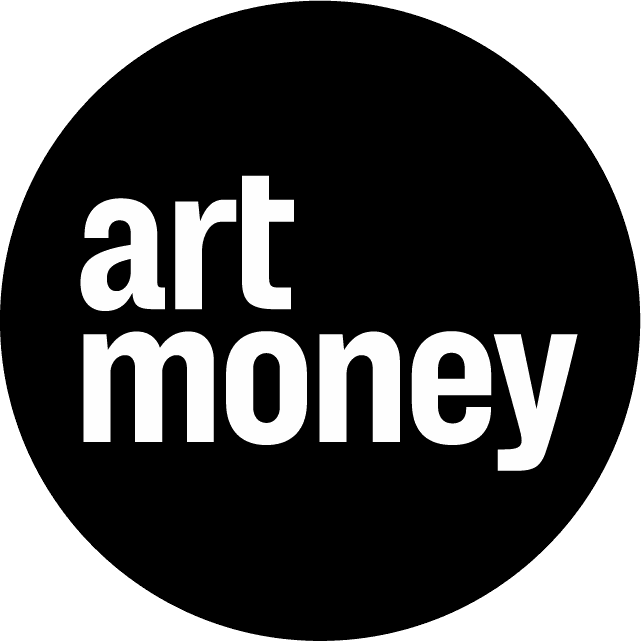Remnants of a Contemporary Past | Vestigios de in Pasado Contemporaneo Cadaver
Curated by Luke Buckley-Harris
Featured artists are Perla Krauze, Maximiliano Rosiles, Samuel Guerrero, Santiago Gomez, Cosa Rapozo, Manuel de LaBorde, Mariana Ledesma, Silvan, Michele Lorusso & Yeni Mao.
‘What is the city made of?... The rubble of stories and memories, layers and layers, and that objects, all of the remnants of things, are like the city’s skin. Many of these objects... are the relics of commerce.’ - Lost Book Found, Jem Cohen1
Arriving to an object, or thing, it sits still. It has a stoic nature that allows for examination, a caress or grip, perhaps just a gaze. Sometimes value comes from listening, a moment of remembrance, connection or the brief play of the imagination. There is a decision to cherish, re-use, discard, or let be. Refashioned by an object encounter, we go on, and the process repeats.
However this approach maintains an object’s otherness, their presence only manifesting through interactions with the human self. Moving beyond our power over objects, a relationship through which we only seek to understand ourselves, it is important to recognise a ‘vibrant materiality’2, which gives independent agency and power to non-human matter. This exhibition will explore the inevitable human desire to create, and come to self-understanding through objects, while highlighting their inherent potency within contemporary culture.
The art of Mexico City reflects its material surroundings. Work is built from the earthly, the everyday, the degraded, the ‘for-sale’, the discarded, the lost and then found. Its composition holds the steps, glances, and sighs of the city, whether seen or unseen. In this show, the work sits within three objecthoods, all of which press, and infringe on each other.
Ruins are the remains of an architectural, geological and natural past. They contain the force of a longer history, foundational to our surroundings, and symbolic of lost power. Borrowing from Póra Pétursdóttir, these are objects, which accentuate, ‘through their withering and crumbling, the integrity and otherness of things’.3 Their deterioration, degradation, and potential reconstruction, provides space for self-reflection, a temporal mirror into our own humanity.
Ghosts, are objects which retain some human presence within. From Anthony Vidler’s concept of the architectural ‘uncanny’, this is a material haunting of the present, spiritual, textual, visual, which projects a disquieting familiarity; at times sinister while also evoking the lost, personal and sentimental.4 This distancing encourages historical investigations, concrete or imaginary, into past stories and images that remain mysterious and incomprehensible.
Relics of commerce, are the cast-offs and waste of a capitalist present. Walks through the city and its surroundings, records, receipts, forgotten gifts, hidden storage, childhood toys, too overwhelming to comprehend, too deep to sift through. This accumulation of stuff weighs on the psyche yet also contains the seductive, glossy imagery of the popular and the advertised, stimulating our desires and wants.


